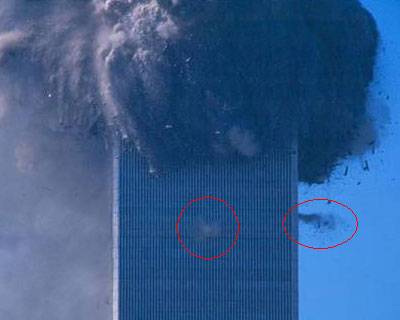&
☭proletarian☭
Guest
Did the 9/11 Commission or anybody else ever explain what these apparent 'explosions' are below the main collapse?


I don't recall any explanation of this phenomenon ever being offered.


I don't recall any explanation of this phenomenon ever being offered.

